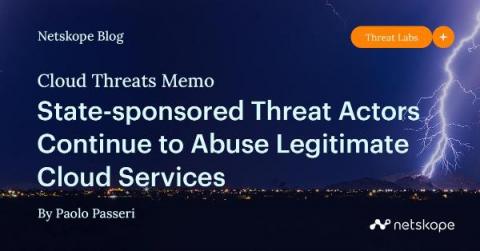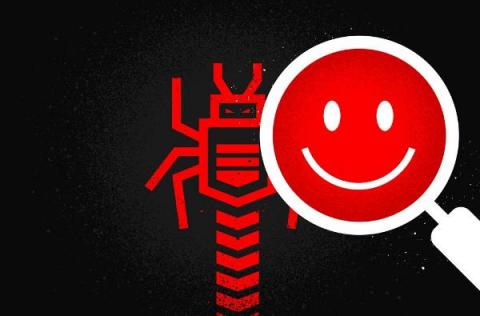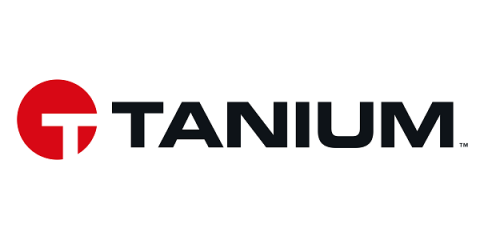Cloud Threats Memo: State-sponsored Threat Actors Continue to Abuse Legitimate Cloud Services
Threat actors exploiting cloud services are keeping me very busy in these final days of this troubled 2022. The main character of this Cloud Threats Memo is MuddyWater (also known as Earth Vetala, MERCURY, Static Kitten, Seedworm, and TEMP.Zagros), one of the most prolific cyber espionage groups, active since at least 2017, and believed to be a subordinate element within Iran’s Ministry of Intelligence and Security (MOIS).










